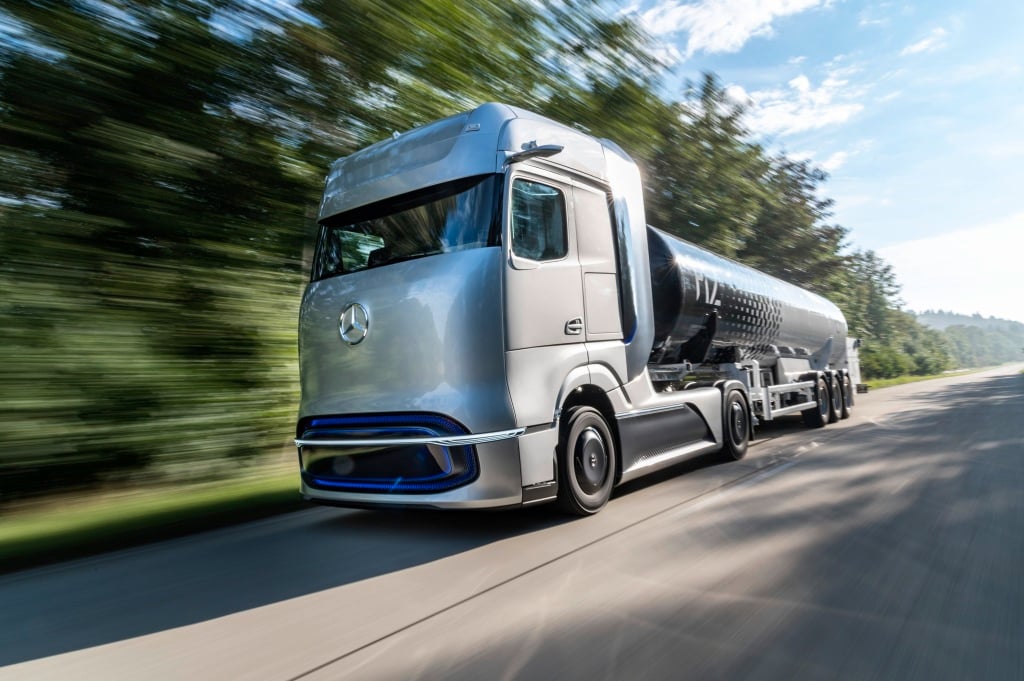
Thanks to the cooperation between truck manufacturers Daimler Truck AG, IVECO, and the Volvo Group, the hydrogen-powered truck can now really break through. Energy companies Shell and OMV are also working on this. The partnership believes that the large-scale introduction of hydrogen-powered trucks will take about ten years. This is what the companies announced in a joint press release this week. Daimler is the largest truck manufacturer in the world, directly followed by Volvo. Iveco is one of the major European truck manufacturers.
The companies working together in the H2Accelerate (H2A) Consortium think that this plan could mean the emergence of entirely new industries. , A great deal of work still needs to be done in order to achieve the stipulated freight transport emission-free targets by 2050. This starts with CO2-free plants for the production of hydrogen. Large-scale hydrogen distribution systems are also needed. A network of filling stations for high-capacity liquid- and gas-based hydrogen also needs to be set up. Moreover, trucks must be built that run on hydrogen
‘Key to CO2-neutral transport’
Martin Daum, chair of the management board of Daimler Truck AG and member of the management board of Daimler AG stated:
“Hydrogen-powered trucks are the key to CO2-neutral transport of the future. This unprecedented cooperation is an important milestone towards establishing and promoting the essential framework conditions for a broad market for hydrogen-powered trucks. It is also a call to action for policymakers, other stakeholders, and society.”
According to Martin Lundstedt, President and CEO of the Volvo Group, transport in the future will be based on a combination of battery-powered electric vehicles and fuel cells. And, to some extent, other renewable fuels. “The cooperation within H2Accelerate is an important step towards a more habitable world,” said Lundstedt.
European network
In the first instance, the new trucks will be deployed in regional clusters and along European transport routes that high-capacity usage and good coverage of hydrogen filling stations. These clusters can then be connected to each other over the course of the decade. This will enable the creation of a European network. The consortium expects that hydrogen-powered trucks will make a major breakthrough in the second half of the 2020s. It should then have more than 10,000 vehicles and a European network full of filling stations and high-capacity filling plants.
Active role of governments
According to Elisabeth Brinton, executive vice president for New Energy at Shell, active cooperation from governments is needed for the consortium’s plan to succeed.
“The operating costs for a transport company must be comparable to those of a diesel truck that we use today. This means that customers of trucks must be able to buy a completely emission-free vehicle that is comparable to the time, radius of action, and cost of refueling vehicles currently in use. To achieve this goal, a clear regulatory framework needs to be put in place. This must regulate the supply of hydrogen, hydrogen-powered trucks, refueling infrastructure and customer incentives in a coordinated way t.”
Also read: Great opportunities for Brabant as a supplier for fuel cell manufacturers

